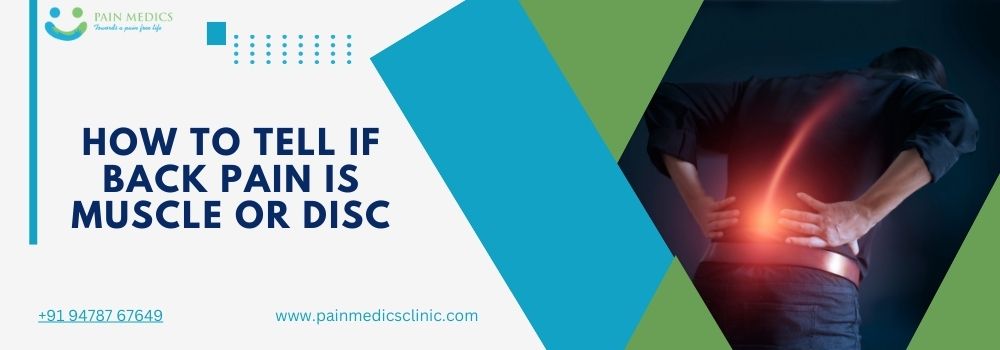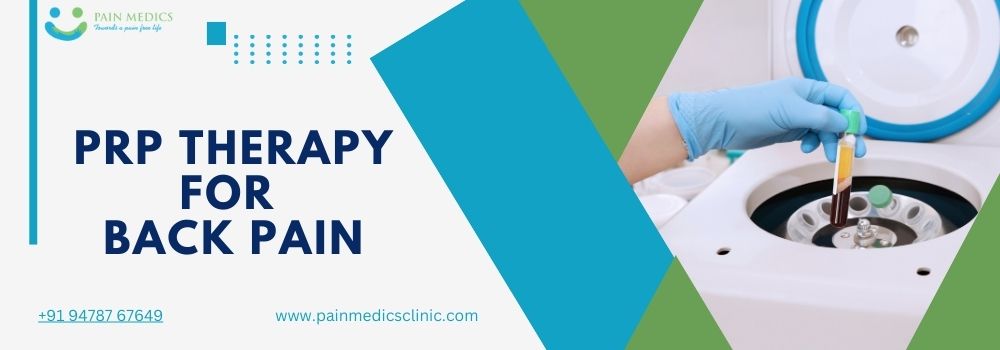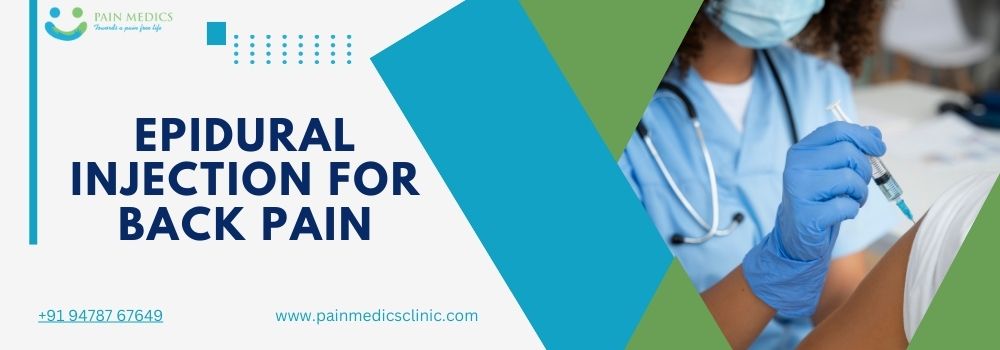How to Tell If Back Pain Is Muscle or Disc – Back pain is a very common problem, and almost everyone faces it at some point in life. It can happen after lifting something heavy, sitting for long hours, or even without any clear reason. For most people, the main worry is not the pain itself but understanding why it’s happening.
A lot of people ask, “Doctor, how can I tell if my back pain is from muscles or something more serious like a slipped disc?” It’s a common doubt because the symptoms can feel very similar. But there are some clear signs that can help us understand whether the pain is coming from the muscles or from the disc.
In this guide, we will explain the differences between muscle back pain and disc pain, so you can understand your body better and know when it’s time to seek medical help.
Differentiating Muscle Pain from Slipped Disc Pain
Both muscle strain and disc problems can cause back pain, which is why it often feels confusing. One way to tell the difference is by noticing the type of pain. A sore back muscle usually causes a dull, aching pain. You’ll feel it directly in your back, and it often gets worse if you keep moving or don’t give that area enough rest.
With a slipped disc, the pain usually feels sharper and stronger. Sometimes it spreads from your back to your shoulders or nearby areas. You may also feel tingling, numbness, or a pins-and-needles sensation because the disc is pressing on the nerves in your spine.
Muscle origin pain is usually localised to the muscle, meaning it is on either side of the spine, sometimes both sides.
However, pain originating from the discs is felt in the centre of the spine. If associated with a bulge in the disc, it may radiate to arms or legs.
Causes Of Muscle Pain vs. Disc Pain
Back pain can come from many structures in the spine – muscles, ligaments, joints, or discs. But the two most common sources are muscle strain and disc problems. Knowing the difference can guide whether simple home care is enough or whether you need a medical evaluation.
Muscle pain – Muscle pain usually happens when the muscles in your back are stretched, torn, or overworked. This is common after sudden lifting, awkward bending, or poor posture.
Disc pain – Disc pain comes from the discs that sit between the bones (vertebrae) of your spine. These discs act like cushions. Discs in young people are well hydrated, and unaccustomed activities in the gym or sports or being overweight lead to increased pressure inside the discs, which may tear from within and cause pain. Sometimes these torn discs may bulge out, mimicking sciatica-like symptoms in the legs.
Also Read: Habits You Should Build to Counter Lower Back Pain
Symptoms of Muscle Pain
Most back pain noticed in young and middle-aged patients is due to muscle strain. Here are common signs:
Sudden Pain After Activity – If your pain started after lifting a heavy box, twisting suddenly, or overexercising, it can be muscular pain.
Localised Pain – Muscle Pain can be lateralized, meaning it is usually on one side of the back.. It does not travel down to the legs.
Stiffness and Soreness – You may feel tightness when trying to bend or move. The muscles feel sore to the touch.
Improves with Rest and Heat – Simple measures like lying down, applying a warm compress, or gentle stretching often reduce muscle pain.
Short Duration – Muscle strains usually improve within a few days to weeks.
If these match your symptoms, you are likely dealing with a muscle strain, which is uncomfortable but not dangerous.
Symptoms of Disc Problem
Disc-related back pain can be due to disc tears or prolapsed or herniated discs, which can cause more persistent and severe symptoms. Watch out for these signs:
Persistent and Severe Pain – Unlike muscle strains, disc pain often lasts longer and doesn’t improve with rest.
Pain That Radiates Down the Leg (Sciatica) or arms – If your pain travels from the lower back down to the buttock, thigh, or even to the foot, it suggests nerve involvement due to a disc problem. Similar symptoms can be experienced in the arms.
Numbness or Tingling – A herniated disc can press on nerves, leading to sensations like pins-and-needles, burning, or numbness.
Weakness in the Leg or Foot – Difficulty lifting the foot, standing on toes, or general weakness is a red flag for disc-related nerve compression.
Worsens with Sitting, Coughing, or Sneezing – Disc pain often gets worse in positions that increase pressure on the spine.
If you notice these symptoms, it is important to consult a doctor, as disc issues may require medical treatment beyond home care.
Also Read: Non-Surgical Treatments for Herniated Discs
Prevention Tips
Whether your pain is muscle-related or disc-related, preventing future episodes is equally important.
Maintain Good Posture – Sit upright with support, avoid slouching.
Exercise Regularly – Focus on strengthening your core muscles.
Lift Objects Properly – Bend at your knees, not your waist.
Avoid Prolonged Sitting – Take breaks every 30-60 minutes.
Maintain a Healthy Weight – Extra weight adds pressure to the spine.
Stay Active – Regular movement prevents stiffness.
When to See a Doctor
Most back pain gets better on its own, but sometimes it signals something more serious. You should see a doctor if:
- The pain lasts more than 2-3 weeks without improvement.
- You have severe pain radiating down one or both legs.
- You notice weakness, numbness, or tingling in your legs or feet.
- You lose control over bladder or bowel movements (medical emergency).
- The pain is affecting your daily life, sleep, or mobility.
Back pain can be very uncomfortable, but most of the time it is not serious. Pain from muscles is more common and usually gets better with rest, stretching, or basic care. But if your back pain doesn’t go away, radiates to your legs, or comes with tingling, numbness, or weakness, it could be from a disc problem. In that case, it is important to visit a doctor.






